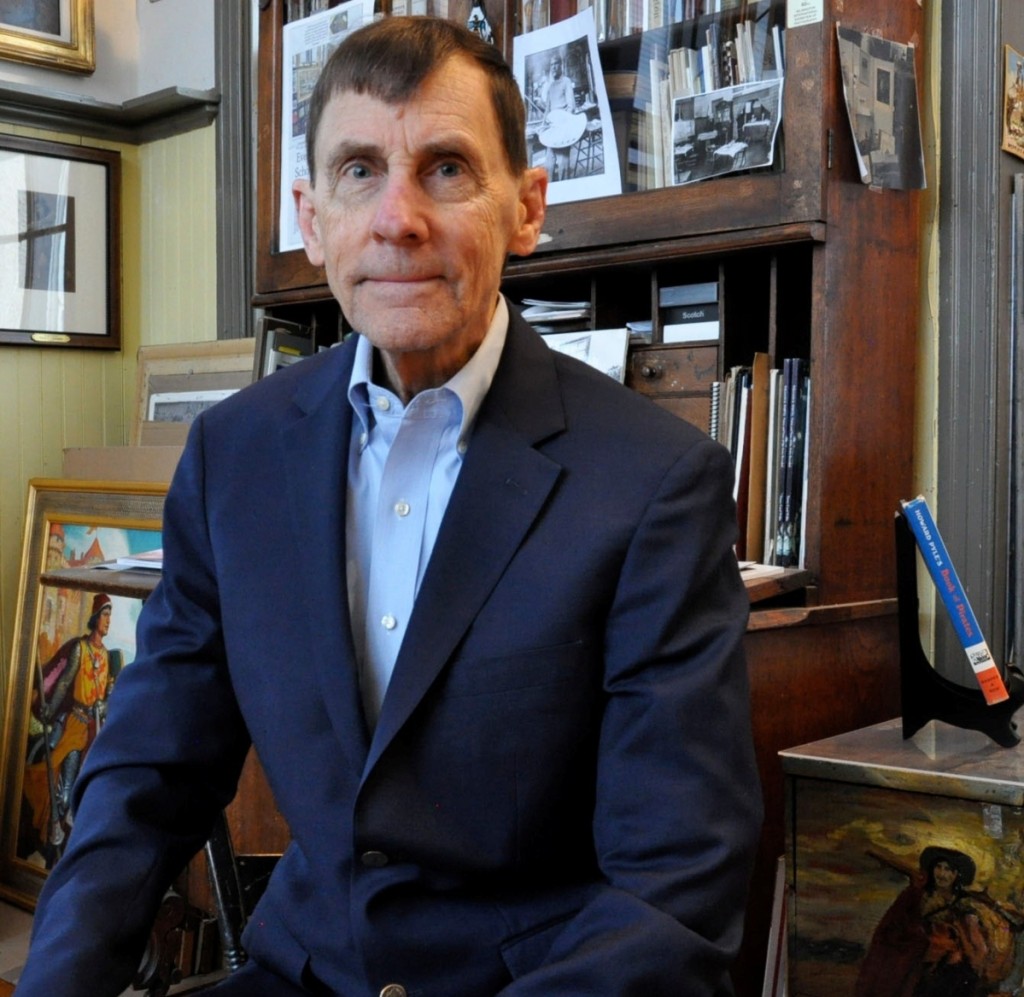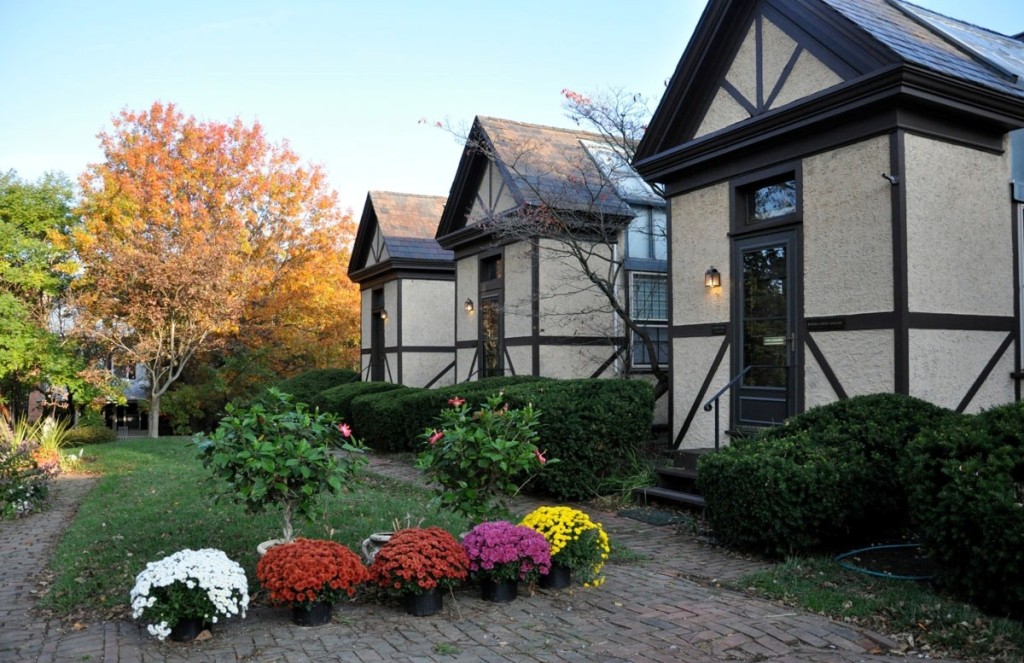In 1906, philanthropist Samuel Bancroft built studios in Wilmington, Del., for illustrator Howard Pyle and Pyle’s students: N.C. Wyeth, Frank E. Schoonover, Harvey Dunn, Henry Peck, Clifford Ashley and Stanley Arthurs. Frank Schoonover occupied Studio # 1. His grandson John Schoonover was able to purchase the historic atelier after his grandfather’s death in 1972, so the studios have been in the Schoonover family for 112 years. They have been meticulously maintained and restored and open to the public, while curator and art dealer John Schoonover maintains an illustration gallery and does research. We caught up with him to find out about his current project.
Tell us about your upcoming book on your grandfather’s important photography.
We have been aware of Schoonover’s reliance on his photography for compositional reference, employing and photographing models in his studio. His mentor Howard Pyle had a penchant for costumed models; however, our research has revealed that Schoonover’s interest in photography began at a young age, even before his studies at Drexel Institute. In fact, Schoonover took his camera everywhere, especially for illustration assignments far from his studios, recording, as would a journalist, vignettes of American life, including Scranton’s coal mines and silk mills, Denver’s copper miners and the great Canadian wilderness during the winter of 1903-04 and summer of 1910. The body of his work, we feel, confirms his place as an important photo journalist in the tradition of Louis Hines. The Frank E. Schoonover Fund is supporting the eventual publication of a book, edited by myself, Dr William Cohen and Karol Schmiegel. The fund published the two-volume Frank E. Schoonover Catalogue Raisonné in 2009.
How long will the exhibit of your grandfather’s work at the Norman Rockwell Museum remain on view?
This comprehensive exhibit of more than 80 works will continue until May 27. On April 14, I will present a lecture at the museum titled “Frank E. Schoonover, Artist, Adventurer, Photographer.”
And the N.C. Wyeth retrospective planned for this summer at the Brandywine River Museum?
Generally known today as an illustrator of classic stories for young readers, N.C. Wyeth actually ranged through multiple aspects of early Twentieth Century art – certainly in illustration, but also in the fields of mural work, advertising and private painting. The exhibition “N.C. Wyeth: New Perspectives,” is a long-overdue examination of the artist’s full career and his contributions to American visual culture. It’s on view at the Brandywine River Museum of Art June 22-September 15, then travels to the Portland Museum of Art, Maine, and the Taft Museum of Art.
How did Wilmington become the epicenter of American illustration at the start of the Twentieth Century?
Howard Pyle’s role as an extraordinary teacher of illustration is the primary reason for Wilmington’s role in the flourishing of American illustration. A native Wilmingtonian, Pyle built his studios here and then moved his “school” home in 1900 after a successful six-year stint mentoring young, talented and ambitious men and women at Drexel Institute in Philadelphia. He had more than 140 students all told, many of whom traveled to Wilmington for advice and instruction until Pyle left for Italy to study murals in 1910. Sadly, he died and was buried in Florence in 1911.
In the Queen Anne-style building that Bancroft built, who got the biggest studio?
A story often told by Schoonover goes like this: “When it came time to choose studios, we decided to draw straws. Wyeth picked the longest one, but he said, ‘Frank, you did most of the leg work to get these studios built by Mr Bancroft, you should get first choice.’ So I picked #1.” In fact, this is on the leeward side of the four ateliers and had an extra bank of windows. Still does! Harvey Dunn got #4, always the coldest during winter. Dunn would bleed off all the radiator steam to the dismay of the others. Then, of course, it was coal heat. Wyeth stayed in #2 for three years, eventually moving to Chadds Ford, and the rest, as they say, is history.
How many shows do you do?
I only do one, the Delaware Antiques Show. I’ve had booth #1 for seven years. The historic studios serve as my gallery and are open to the public throughout the year. My favorite visitors are contemporary illustrators who have a great respect for the traditions of the Howard Pyle School.
Illustration art has become a hot collecting category. But in these days of computer-generated imagery used in video games, are there any traditional practitioners out there?
Illustration thrives today primarily in the children’s genre, although the covers of The New Yorker continue to impress me. No doubt computers play a significant role, the antithesis of the early days reproducing a large oil on canvas, used once, and often, sadly discarded. Fortunately, the many illustrations that have survived, even the once critically ignored Pulp art, are appreciated and collected, from Rockwell on down, for their cultural and artistic merit.
Who are some of the current tenants in the studios?
Besides my studio, two artists occupy studios #2, which was Wyeth’s and #3 (Henry Peck and Clifford Ashley). A photographer and teacher works in #4, which belonged to Harvey Dunn. The studios were placed on the Historical Registry in 1979.
–W.A. Demers






